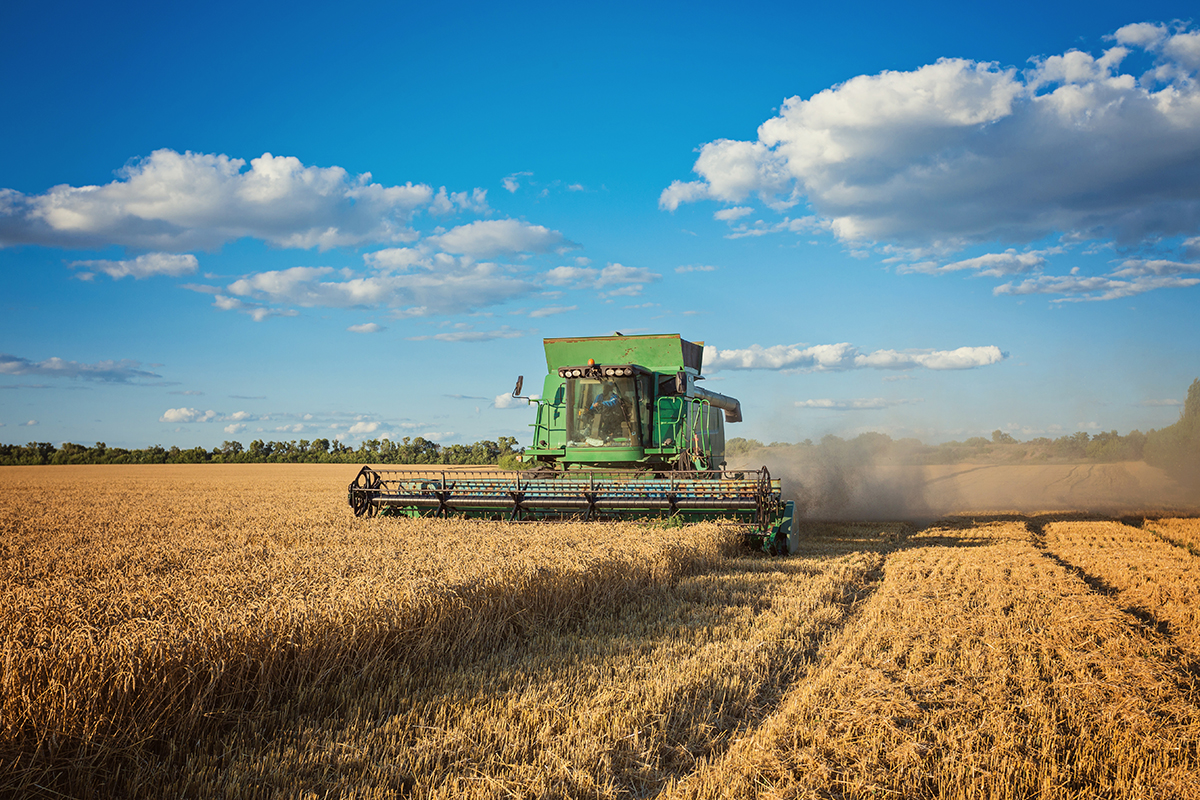The landscape of grain farming in Canada is increasingly defined by the daunting hurdles posed by weather variability, including droughts and erratic climate shifts. Malcolm Odermatt, a prominent grain farmer from British Columbia and president of the B.C. Grain Growers Association, finds himself among those grappling with the fallout of recurrent droughts that have impeded harvests in recent years.
Tending to roughly 2,000 acres of land in B.C.’s Peace region, Odermatt traditionally relies on spring runoff to rejuvenate soil moisture levels for his diverse crops, including wheat, barley, oats, canola, and grasses. However, persistent Class 5 drought conditions have rendered these conventional water sources increasingly scarce.
In the face of such challenges, technology emerges as a crucial ally for farmers like Odermatt, facilitating their adaptation to the evolving climate landscape. Through advancements in seed genetics, cutting-edge equipment, and innovative climate-risk management strategies, farmers are better equipped to mitigate the impact of volatile weather patterns. Furthermore, the availability of crop insurance, both publicly and privately, serves as a safety net during lean years, empowering farmers to invest in progressive technologies and genetic enhancements.
Despite the obstacles, farmers like Kristjan Hebert, who oversees a sprawling 40,000-acre grain and oilseed farm in Saskatchewan, have managed to maintain yields at levels close to the average. Such resilience underscores the pivotal role of technological interventions in safeguarding agricultural productivity in the face of adverse weather conditions.
Nevertheless, concerns persist regarding the adequacy of government support for agricultural research and development. While initiatives such as Agriculture and Agri-Food Canada’s Strategic Plan for Science and the Living Laboratories Initiative allocate substantial funds toward innovation, critics like Lenore Newman argue for more comprehensive funding structures. Newman contends that the current fragmented allocation of resources fails to adequately address the fundamental research and development needs of the agricultural sector.
The repercussions of disruptive weather extend beyond individual farms, contributing to a broader trend of farm closures across Canada. According to Statistics Canada’s latest Agriculture Census, there has been a 1.9% decrease in the number of farms since 2016, reflecting the mounting challenges confronting farmers nationwide.
However, amidst these adversities, grain farmers like Bryce Rashleigh of Saanichton Farm in Greater Victoria maintain a cautious optimism. As a fourth-generation farmer, Rashleigh recognizes the significance of recent snowfall in bolstering soil moisture levels. With grain products in high demand for various industries such as animal feed, breweries, and bakeries, Rashleigh’s localized market focus and technological investments position him for resilience amid fluctuating weather patterns.
While consumer impact remains a concern, the processing requirements of grain prior to sale mitigate potential disruptions. Moreover, the integration of grain into the international commodity market helps disperse the risk of crop failure, shielding consumers from immediate price shocks.
As farmers navigate the uncertainties of weather patterns, technological innovations and strategic adaptations emerge as pivotal pillars for sustaining agricultural productivity. With ongoing government support and sustained investment in research and development, farmers remain hopeful for a future where resilience and innovation pave the way forward in confronting climate challenges.







